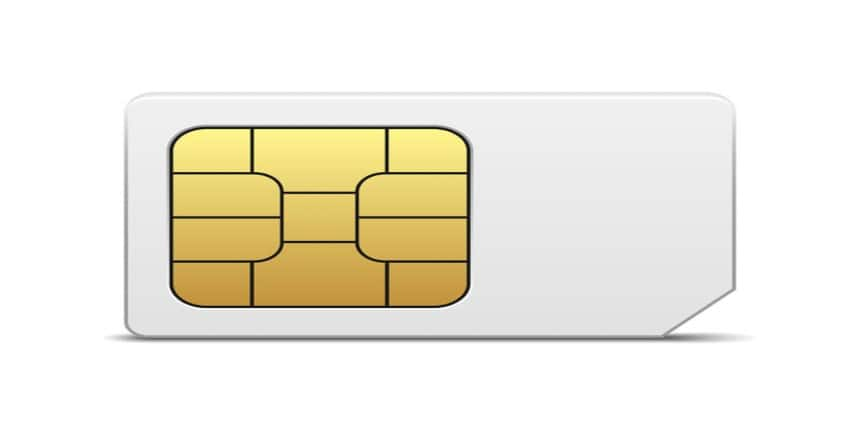SIM CARD Full Form
What is the full form of SIM CARD?
The full form of SIM is the Subscriber Identity Module or Subscriber Identification Module. SIM is a portable chip and built-in circuit that stores the international mobile subscriber identity (IMSI) in a highly secure manner. It is a smart memory card that enables us to establish a phone call across the globe where the contact network of the user is constant.
- History of SIM CARD
- Uses of a SIM Card
- Sim Card Size
- What data does a SIM card hold?
- SIM Card Types
- Concerns About Safety of SIM CARD

SIM is generally used on smartphone-operated and controlled GSM networks. It is movable and can be used by a user with any mobile device that supports this.
History of SIM CARD
In 1991, Devrient and Munich smart-card manufacturer Giesecke created the first SIM card. The European Telecommunication Standards Institute was the organization that first acknowledged and declared the SIM.
Uses of a SIM Card
The SIM card houses a lot of information, transfers important data back and forth to the network of users, and also contains some of their private and personal information. The list of data that SIM stores are:
Address specifics
SMS messages
Keys for personal security
Call-in number
Information about network permission.
Additional information.
The following is a list of some essential data that SIMs carry:
IMSI (International Mobile Subscriber Identity) (International Mobile Subscriber Identity)
Distinctive serial number
Security details
A summary of the local network.
Sim Card Size
When SIM was first manufactured, it was almost the size of a credit card. However, the later size of the SIM, which was eventually made public, has a capacity of 15 mm by 12 mm. The nano and micro-SIM chip sizes are used in most smartphones now.
What data does a SIM card hold?
The SIM card includes some of your personal data in addition to the data required to connect to and from your network.
Call-in number
Contact book
Info on network authorization
SMS messages
Keys for personal security
Additional information
Additionally, a SIM carries its individual serial number (ICCID), International Mobile Subscriber Identity (IMSI), security data, encryption data, temporary network data, etc.
SIM Card Types
Over time, SIM cards have been available in a wide range of sizes. SIM card varieties include:
Older and simpler phones utilize standard SIM cards, which measure 25x15mm.
Mobile phones from the 2010s and beyond are more likely to include micro-SIM cards, which size 15x12mm.
Nano SIM cards, which are used in more recent devices, size 12.3x8.8mm.
eSIMs, or embedded SIMs, have the SIM card already placed in the phone and size 6x5mm. The network carrier remotely activates eSIMs.
Now that certain phones allow dual SIM, a user may activate two distinct SIM cards in the same handset. For instance, the iPhone 10s offers dual SIM, with one detachable SIM card and one eSIM. For those who want to utilize two phone numbers on one smartphone, dual-SIM cards are helpful. One work number and one private number, for instance.
Concerns About Safety of SIM CARD
Since a person's SIM card provides indirect access to their email, financial information, or social media accounts, they may become a target for hackers. A password recovery option is frequently offered through text messages or SMS. The data on a SIM card might be transferred to another SIM card if a hacker has access to it.
Users can modify the PIN code for the SIM card in their phone's settings to something more challenging because SIM cards do include a security code that prevents them from being used in a different device. Authentication and encryption are further security elements that guard against eavesdropping and secure data.
Frequently Asked Questions (FAQs)
As long as your SIM card is legitimate, unlocked, and provided by your network, activating it is easy. Visit our SIM Support page and select your issue so we can provide you with the best guidance.
Storage space on SIM cards typically ranges from 8KB to 256KB, or about 250 contacts, a few messages, and some of your other important data.
A mobile subscriber integrated services digital network number, also known as your phone number, is present on SIM cards.
A local SIM card is banned if it isn't used for a while (suspended). For instance, if there hasn't been a top-up, call, SMS, or data activity for several months or a year, the local SIM card will be suspended.
Yes, that will generally work. It will fit because both phones have the same SIM card form factor. The main roadblock is if the device you intend to use has a carrier lock.